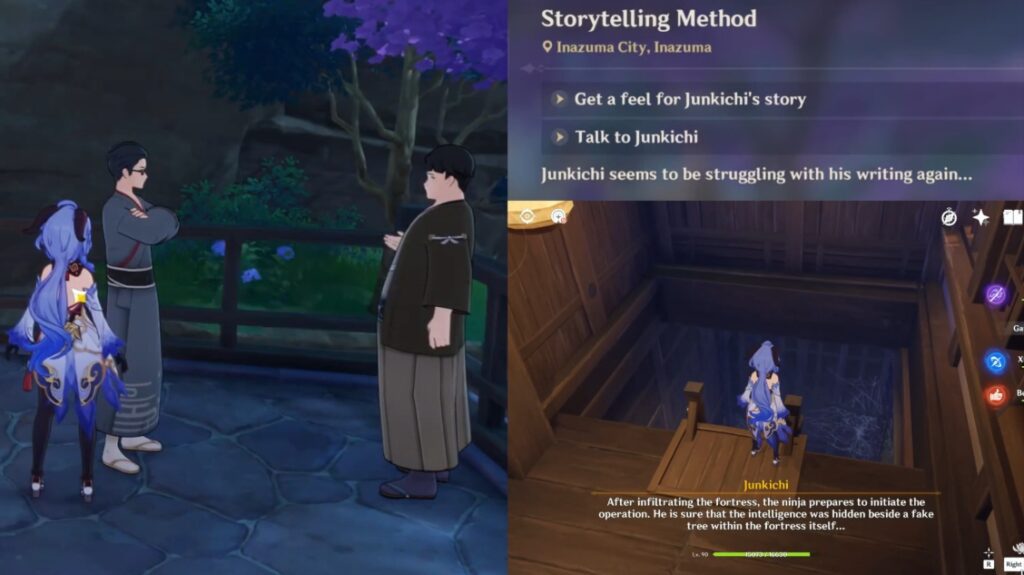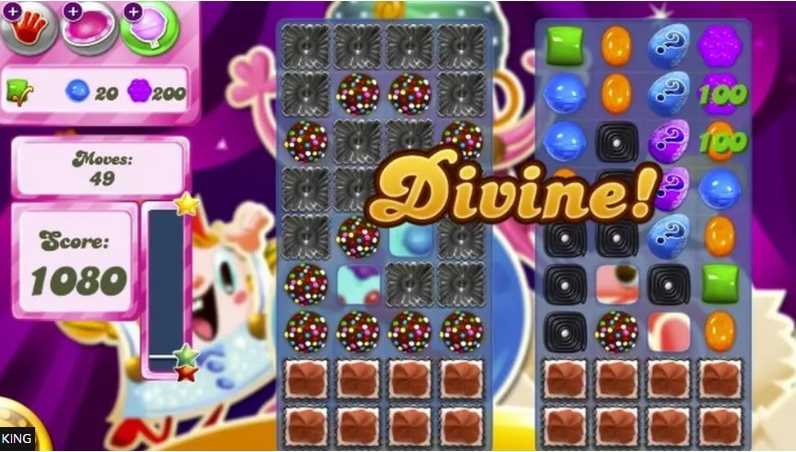Takeaway
In the competitive landscape of mobile gaming, effective in-game copywriting is not merely an afterthought; it is a strategic tool that drives innovation and enhances player retention. By leveraging psychological principles, data analytics, and user feedback, mobile game companies can craft compelling narratives and calls to action that resonate with players, ultimately leading to increased engagement and monetization.
Introduction
The mobile gaming industry has witnessed exponential growth, with revenues projected to reach $100 billion by 2023 (Newzoo, 2023). As the market becomes increasingly saturated, game developers are compelled to innovate not only in gameplay mechanics but also in the way they communicate with players. In-game copywriting has emerged as a critical component of this innovation, serving as a bridge between the game’s mechanics and the player’s experience. This article delves into the intricacies of in-game copywriting, exploring how mobile game companies utilize it to maximize innovation and retention.
The Role of In-Game Copywriting
In-game copywriting encompasses all textual elements within a game, including tutorials, dialogues, item descriptions, and promotional messages. The primary objective of this copy is to guide players through their gaming experience, ensuring they understand the mechanics while also fostering emotional connections with the game world. Effective copywriting can significantly influence player behavior, making it a vital tool for retention and monetization.
Psychological Principles in Copywriting
Understanding the psychological triggers that motivate players is essential for crafting effective in-game copy. Techniques such as scarcity, urgency, and social proof can be employed to enhance player engagement. For instance, using phrases like “Limited Time Offer” or “Join the Top 1% of Players” can create a sense of urgency and exclusivity, prompting players to take immediate action.
Data-Driven Copywriting
Mobile game companies increasingly rely on data analytics to inform their copywriting strategies. By analyzing player behavior, developers can identify which messages resonate most with their audience. A/B testing is a common practice where different versions of in-game text are tested to determine which yields higher engagement rates. For example, a game might test two different calls to action for a special event: “Join Now for Exclusive Rewards” versus “Don’t Miss Out on This Opportunity!” The results can provide insights into player preferences and inform future copywriting efforts.
Maximizing Innovation Through Copywriting
Innovation in mobile gaming is not solely about new mechanics or graphics; it also involves how players interact with the game. In-game copywriting can introduce new features or gameplay elements in a way that feels organic and engaging. For instance, when a new character or feature is introduced, the accompanying copy can provide context and excitement, enhancing the overall experience.
Storytelling as a Tool for Engagement
Storytelling is a powerful tool in in-game copywriting. By weaving narratives into the gameplay, developers can create a more immersive experience. For example, games like “Genshin Impact” utilize rich lore and character backstories to engage players emotionally. The copy not only informs players about the game world but also encourages them to invest time and resources into exploring it further. This emotional investment is crucial for retention, as players are more likely to return to a game that they feel connected to.

Personalization and Localization
Personalization is another innovative approach that mobile game companies are adopting in their copywriting strategies. By tailoring messages to individual players based on their behavior and preferences, developers can create a more engaging experience. For instance, a game might send personalized notifications about in-game events or rewards based on a player’s past activity. Localization also plays a critical role; adapting copy to fit cultural contexts can significantly enhance player engagement in different regions.
Enhancing Retention Through Effective Copywriting
Retention is a key metric for mobile game success, and in-game copywriting plays a pivotal role in keeping players engaged over time. By crafting messages that resonate with players, developers can encourage them to return to the game regularly.
Onboarding and Tutorial Copy
The onboarding process is crucial for player retention. Effective tutorial copy can make or break a player’s initial experience. Clear, concise instructions that guide players through the game mechanics can reduce frustration and enhance enjoyment. For example, using friendly and encouraging language in tutorials can help players feel more comfortable and willing to explore the game further.
Engagement Through Regular Updates
Regular updates are essential for maintaining player interest, and in-game copy is a key component of this strategy. Announcements about new features, events, or content should be crafted to excite players and encourage them to log back in. Phrases like “New Adventure Awaits!” or “Discover the Latest Challenges!” can create anticipation and drive engagement.
Case Studies: Successful In-Game Copywriting
Several mobile game companies have successfully leveraged in-game copywriting to enhance innovation and retention. One notable example is “Clash of Clans,” which uses engaging narratives and character-driven copy to keep players invested in their village-building experience. The game frequently updates its copy to reflect new content, ensuring that players remain engaged with the evolving storyline.
Another example is “Candy Crush Saga,” which employs colorful and playful language to create a fun atmosphere. The game’s use of motivational copy, such as “You Can Do It!” during challenging levels, encourages players to persist and enhances their overall experience.

Candy Crush motivates with colorful and positive language.
Conclusion
In-game copywriting is a powerful tool that mobile game companies can utilize to maximize innovation and retention. By understanding psychological principles, leveraging data analytics, and employing effective storytelling techniques, developers can create engaging narratives that resonate with players. As the mobile gaming landscape continues to evolve, the importance of strategic in-game copywriting will only grow, making it an essential focus for developers aiming to succeed in this competitive market.
Key Takeaways
- In-game copywriting is crucial for guiding players and enhancing their experience.
- Psychological principles such as urgency and social proof can drive player engagement.
- Data-driven strategies, including A/B testing, inform effective copywriting practices.
- Storytelling and personalization enhance player connection and retention.
- Regular updates and engaging onboarding processes are vital for maintaining player interest.

